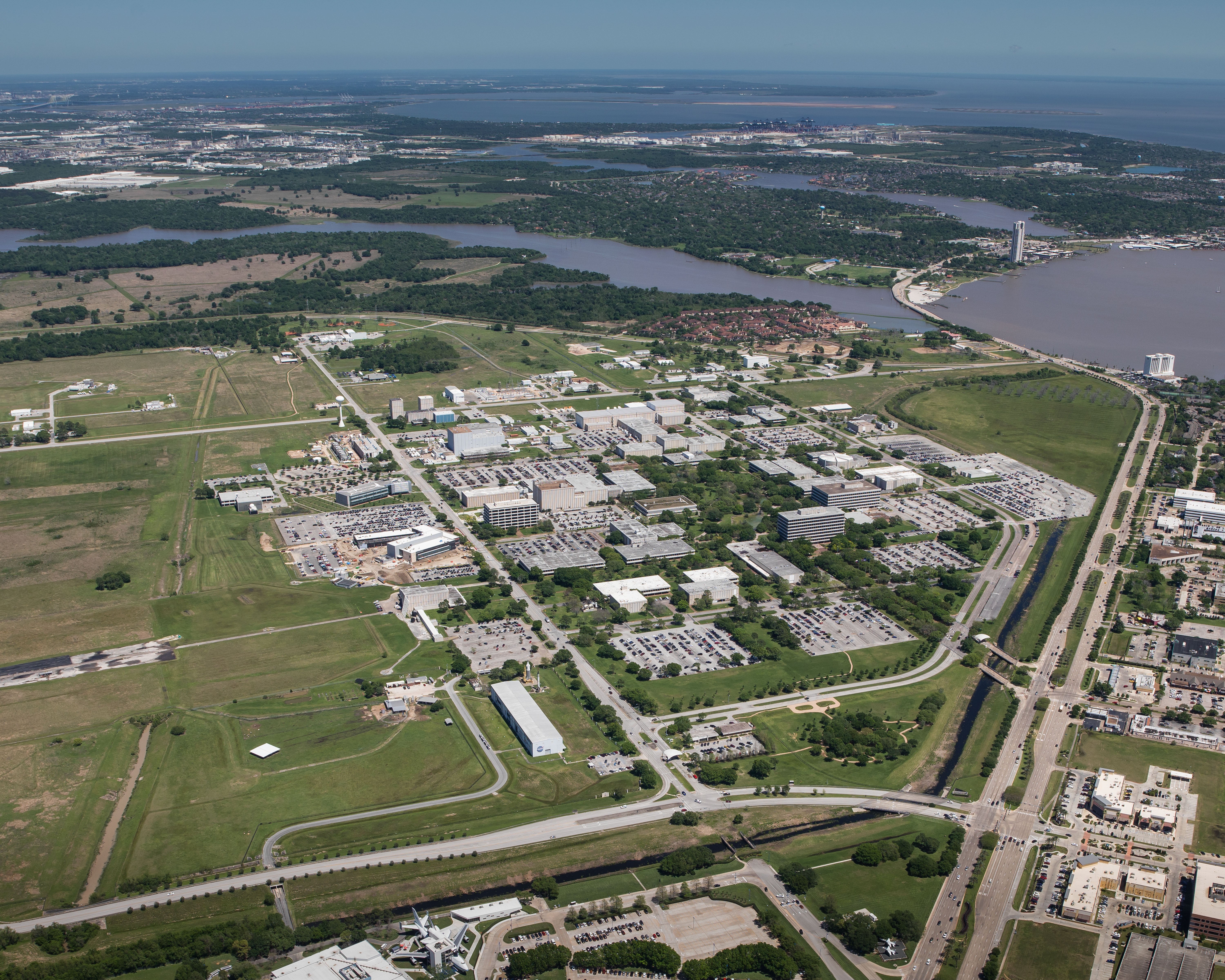Nasa reveals bursting habitat that created boom in Houston in July
Loud sound heard around Houston in July was result of prototype inflatable space habitat inflating past its limits

On 9 July, a loud boom resounded around the Houston Texas area around Johnson Space Center, and Nasa has now released footage of the test that caused the sound.
In a post on the social media network Twitter, Johnson Space Center revealed footage of a burst pressure test of an inflatable habitat prototype, an armoured membrane that could be inflated in Earth orbit to serve as a space station module, or on the Moon as part of a future Moon base.
In a burst pressure test, engineers inflate a pressure vessel to the point where it bursts. This helps them understand both the extreme safety limits of the pressure vessel and may help in the design process.
In this case, the pressure vessel was a prototype of the Large Integrated Flexible Environment, or Life habitat being developed by Colorado-based Sierra Space. Life habitats are constructed of the same tough, Vectran fibers used in the landing airbags for Nasa’s Spirit and Opportunity Mars rovers, and at 27-feet in diameter, offer about 984 cubic feet of interior volume, according to the Sierra Space Website.
During the July pressure burst test, a one-third scale Life habit was inflated to an internal pressure of 192 pounds per square inch (PSI), according to a Sierra Space tweet about the test. That exceeded the safety requirement of 182.4 PSI, the company noted.
Nasa’s Artemis Moon program aims to return humans to the Moon by 2025 with the Artemis III mission, but later Artemis missions may construct a long-term Moon base on the lunar South Pole. Nasa has contracted with several companies, including Sierra Space, to develop commercial space stations the space agency can lease for low Earth orbit science programs after the International Space Station is retired at the end of the decade.
Although Nasa has not yet contracted with Sierra Space to produce Life habitats, specifically, for any particular mission, the company and space agency did work closely on the pressure burst test.
“The pressure test was a great success and was made possible by the teamwork of our dedicated NASA engineers working with the Sierra team,” Director of Engineering at NASA’s Johnson Space Center, told The Independent. “We are proud to be supporting the development of habitats that could one day house astronauts on the Moon.”
Join our commenting forum
Join thought-provoking conversations, follow other Independent readers and see their replies
Comments
Bookmark popover
Removed from bookmarks